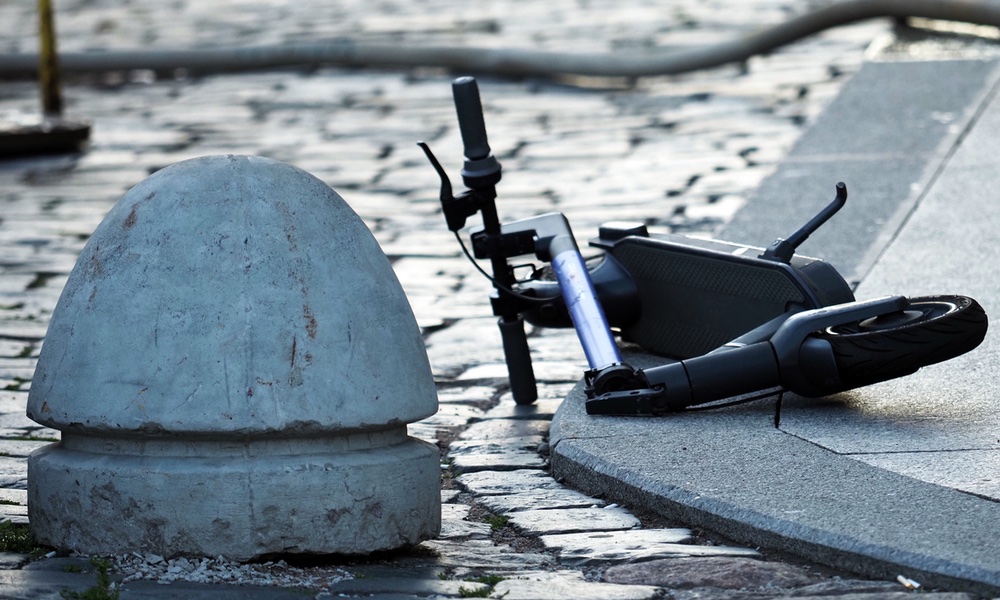You have probably noticed that electric scooters are around a lot more than they used to be. In many cities they can be rented — picked up and dropped off — like bicycles. Reports indicate that there has been about a nine percent increase in shared bicycle use, but a 130 percent rise in the use of e-scooters. Unfortunately, increased ridership has led to more scooter-related injuries.
When researchers at the University of California at Los Angeles recently compared the trends and outcomes of 93,000 scooter-related and bicycle-related injuries, they found that between 2016 and 2020 e-scooter injuries in the U.S. nearly tripled. The number of severe injuries requiring surgery also rose during the same period.
“This goes to show that scooters are not just getting more popular, there is something about the characteristics of scooter riding that make it more risky,” Nam Yong Cho, first author on the study and a medical student at UCLA David Geffen School of Medicine, told TheDoctor.Compared to bicycle injuries, scooter injuries were associated with a greater risk of long bone fracture and paralysis.
In addition, the same e-scooter is often used by more than one rider at a time.
Records from almost 93,000 participants in the National Inpatient Sample who were younger than 65 years old were included in the study. Between 2016 and 2020, more than 6,100 participants were hospitalized with scooter injuries — almost seven percent.
Injured scooter riders were more likely to be under 18 than those with bicycle injuries. They were more likely to be insured by Medicaid. Scooter riders were also more likely than bike riders to require major surgery such as orthopedic surgery or plastic surgery as a result of their injury, and scooter injuries were associated with a greater risk of long bone fracture and paralysis.
Scooter and bicycle riders had roughly the same risk of traumatic brain injury. People with scooter injuries were hospitalized for a similar amount of time and incurred similar medical costs as those with bicycle injuries.E-scooter riders are less likely than bicycle riders to wear protective gear. They were more likely to be intoxicated and to break the rules.
The annual cost of treating scooter injuries increased from $6.6 million in 2016 to $35.5 million in 2020, while the cost of treating bicycle injuries rose from $307 million to $434 million. “Reducing speed limits in high traffic areas, enforcing strict safety laws for scooter riders, and designating lanes for bicycles and scooters may reduce injury risk,” the researchers write.
Further investigations are needed to get a clearer understanding of bicycle and scooter injuries. There were several limitations to the study: The database it used did not account for helmet use and drug or alcohol use at the time of the accident. And it did not specify the presence of multiple riders on the scooter. Also unavailable were details about the speed at which the scooter or bicycle was traveling, any other vehicles or objects involved in the collision, the time of day when it occurred, or the terrain where it occurred.
The study is published in the Journal of the American College of Surgeons.





